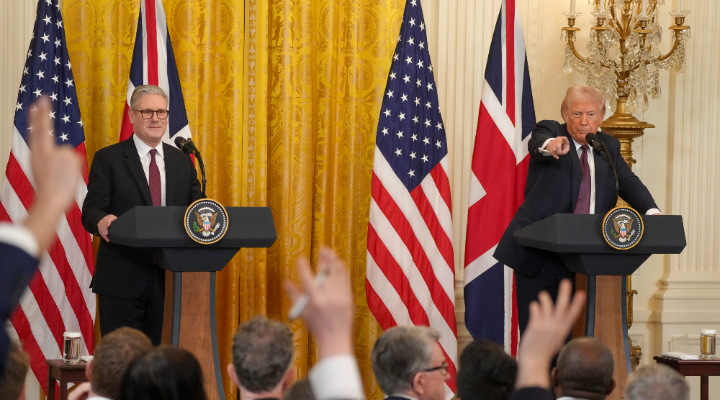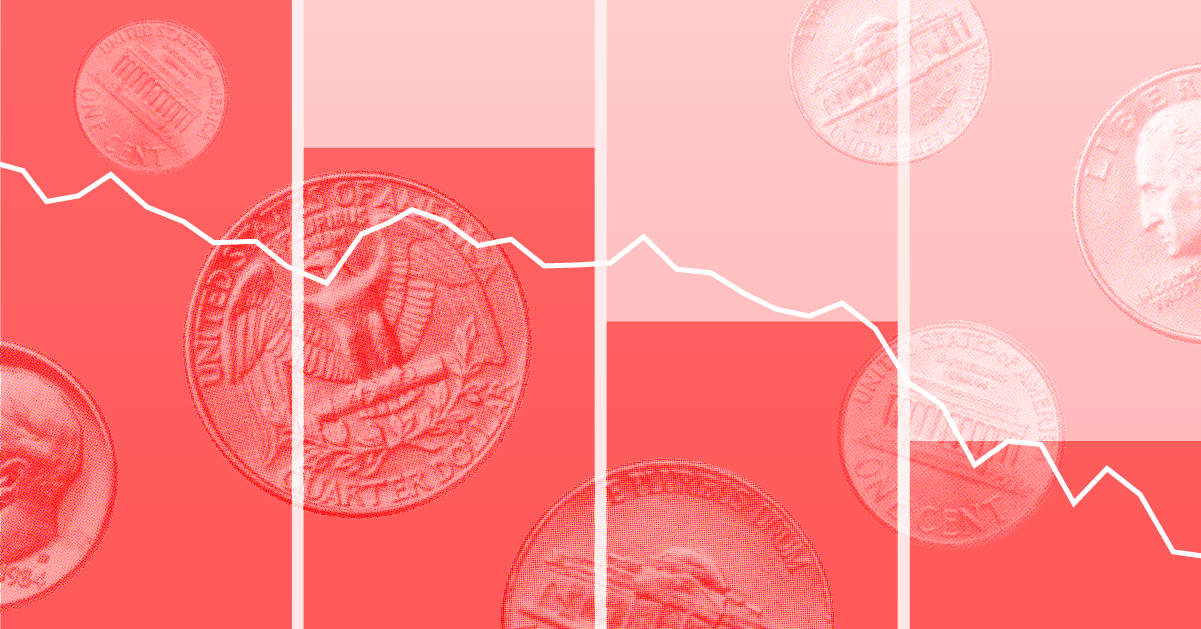e of how the money they’re paying is being spent. Most would assume it’s going to pay for the cost of management, but that’s often far from true.
Trading Costs: Higher Than You Might Think
Trading costs for any fund comprise four elements. The first, and simplest to quantify, are brokerage commissions plus any taxes paid on those commissions. This is simply the amount your fund manager pays a broker (out of fund assets) to buy or sell securities for the fund, plus applicable tax. These costs are disclosed as a total pounds paid figure in a fund’s annual report, but deciphering how much of your investment went towards this from that set of figures is difficult at best.
Think of it this way: If you’re running a small-cap fund and you need to purchase five times the average daily volume of an equity to build a 1% position, you have a choice: Buy it all at once, in which case your market impact cost is likely to be so high as to make the trade untenable, or dribble your orders in over a period of weeks and hope that the price doesn’t change unfavourably in the meantime. If you’re wrong, and the price rises whilst you are buying, that’s an additional opportunity cost. The fourth element—that is often the largest—is the money that could have been made on trades that were not executed because the manager or the desk believed the other costs were too high. (The magnitude of these costs, by the way, is one reason way pay a great deal of attention to fund size when undertaking our qualitative fund analysis—the bigger a fund is, the more likely it is that its trading costs will increase.)
One well respected consulting group that specialises in trading costs, Plexus Group (since acquired by ITG), once estimated that the other three costs combined can exceed 10 times the amount of brokerage commissions paid. In testimony before the United States Congress, the chairman of Plexus had this to say:
"I personally believe that total transaction cost is the largest cost borne by investors over time, in most cases being a larger drag on performance than management and administrative fees. Yet these figures are never disclosed, and often are dismissed by a manager as merely "part of the process."
http://financialservices.house.gov/media/pdf/031203ww.pdf
The issue should concern fund investors and their advisers—trading costs can often be so large as to swamp other, more visible fees. Like all charges, they subtract directly from a fund’s performance. Thus, if a fund’s TER is 1.70% and its trading costs are 1.70% per annum, your manager will have to outperform his benchmark by 3.4 percentage points per annum just to match the index—a tall order even for a very good manager. In light of their importance, it seems rather shocking that the industry, or at least the FSA, isn’t doing more to require funds to disclose trading costs in a meaningful manner to fund investors.
Borrowing: A Cost That Should Not be Hidden
Another cost that is omitted from fund’s TERs is any interest they pay on money they borrow. The reason for this escapes us—the cost is very real, and needs to be accounted for. For example, if your fund finds itself short of cash during a period of redemptions, it may elect to borrow money rather than sell securities to raise cash. More aggressive offerings may simply borrow to gear their portfolios. In both cases, the fund is no different from you and I—it must pay interest on the money borrowed. Yet it is permissable for this cost to be excluded from the TER calculation. This is an operating cost of the fund, and we believe it should be included in the TER calculation.
Annual Charges: Not Just for Portfolio Management
Finally, it must be said that the annual management charges quoted by fund companies are often used for things other than portfolio management. They can include, for example, administrative costs, marketing fees, and annual commissions paid to financial advisers. Part or all of these things may be included in the annual management charge, or they may simply be added on top, in which case the fund’s TER will be much higher than its AMC.
I note this as a prelude to next week’s column, in which we’ll discuss ideas for improving fund cost disclosure. The point is that the current state of disclosure leaves out many significant costs, and blurs together those that it does include. The result is that fund investors and their advisers are working with a less than complete picture of fund costs, and cannot tell how much they are paying for specific services. They may therefore well make poor decisions about where to invest their money, and that isn't good for anyone.
























